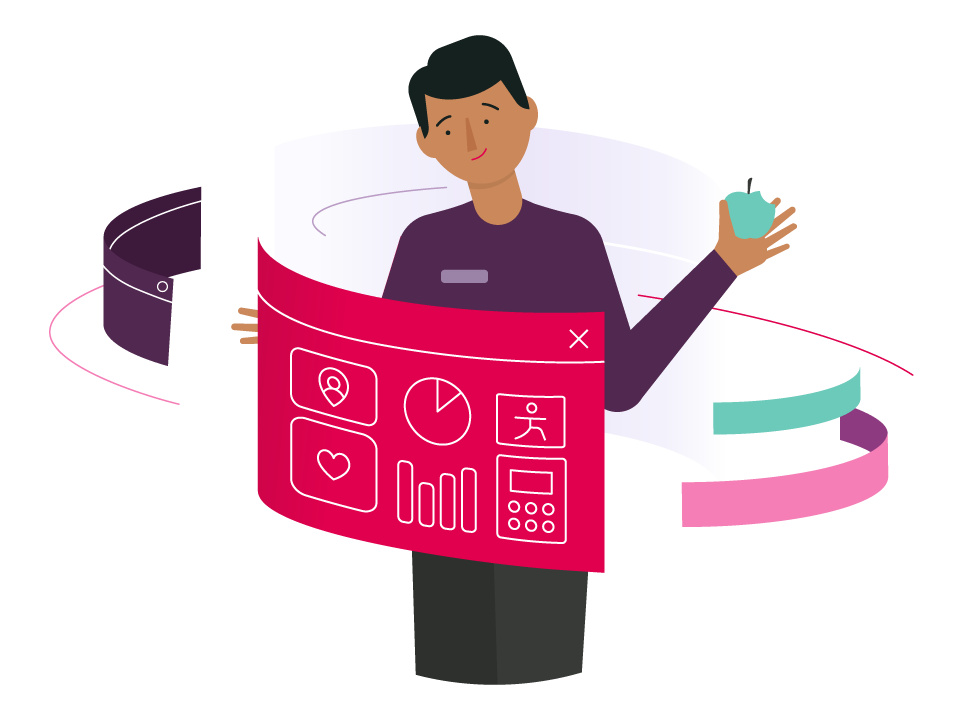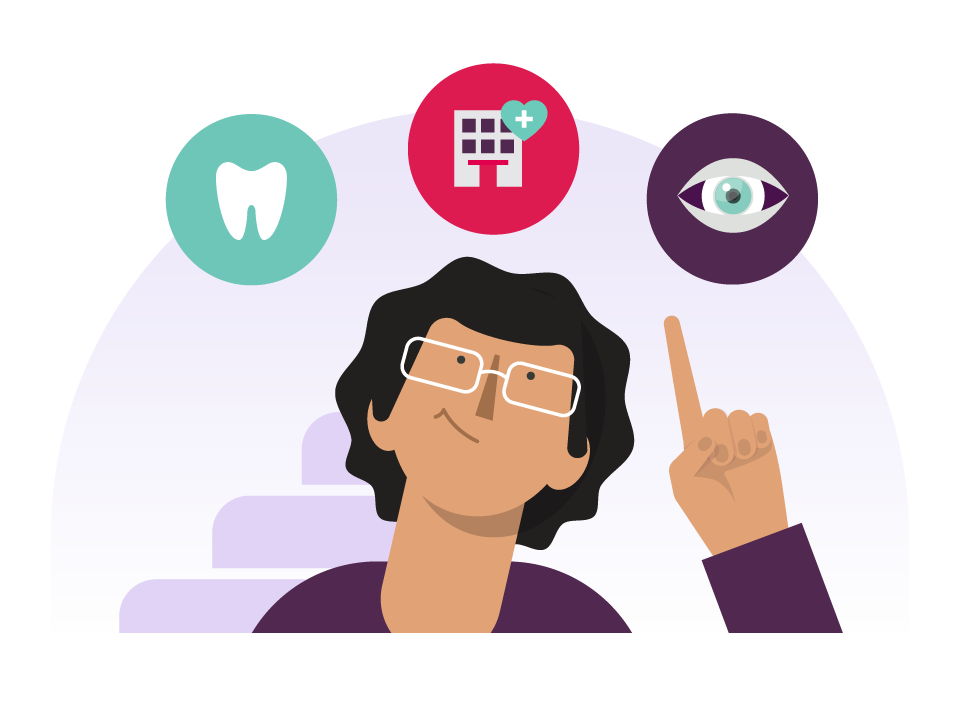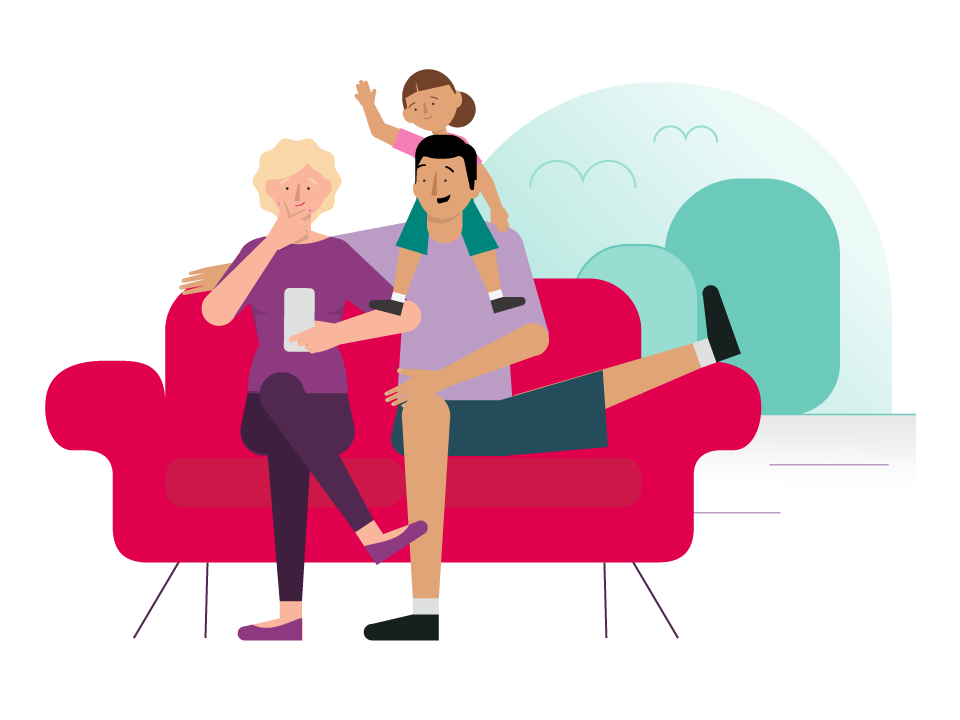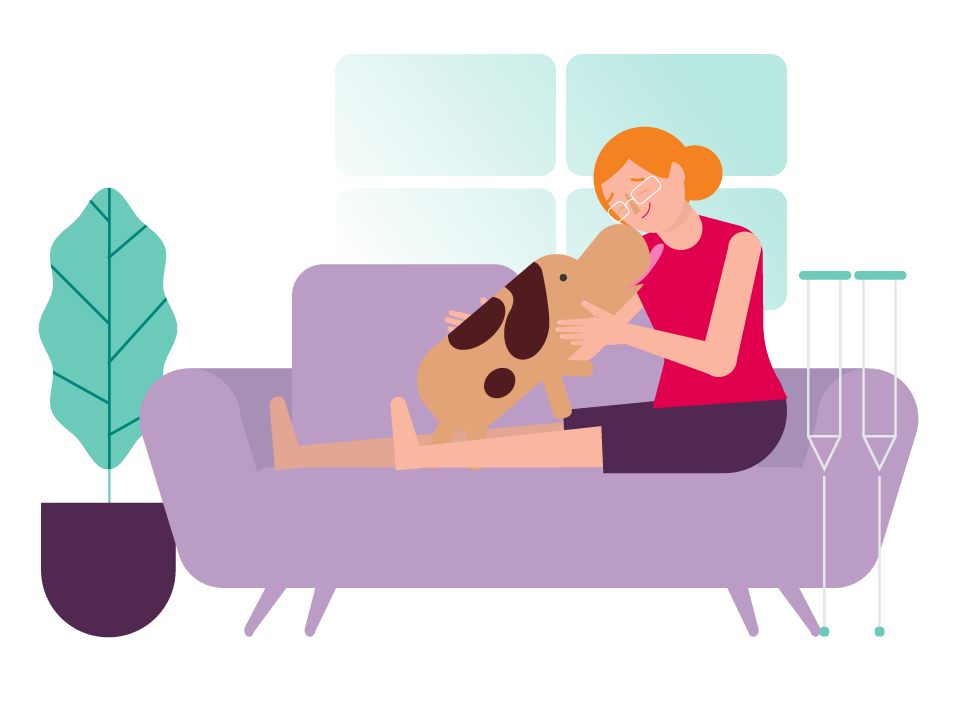Often earwax needs to be removed so your doctor can get a good look at your eardrum. Your doctor may recommend ear drops to soften the wax.
Tests
Your doctor may arrange for tests, including:
Hearing test
If your middle ear fluid is thought to be affecting your hearing, your hearing will be tested. Hearing loss in a young child can lead to a delay in learning to speak and understand.
Tympanometry
This is a test of middle ear function. A small rubber tip is placed in your ear and a sound wave is transmitted into the outer ear canal. The test measures the movement and flexibility of the eardrum in response to air pressure changes.
General tests
You’ll usually be seen in a pre-operative clinic before being admitted to hospital. Here you may have blood tests, a chest x-ray, and an ECG if necessary, but these aren’t usually needed before grommet insertion.
Consultation with the anaesthetist
There’ll be time before the procedure for you to speak with the anaesthetist and ask any questions.
The anaesthetist will explain the options and risks of anaesthesia. They’ll want to know about any other existing medical conditions you may have, especially conditions such as lung or heart disease, kidney problems or previous problems with anaesthesia.
Preparing your child for the procedure
Most children respond well to a simple explanation of the procedure a few days ahead. Answering your child’s questions simply and truthfully will minimise the risk of distressing them on the day.
Try to stay calm. A child can tell when you’re anxious or upset. Staying calm will help minimise their distress. If you’re worried about the procedure or the anaesthesia, talk to your doctor or anaesthetist before your child goes into theatre.
You may be able to stay with your child. In some hospitals, the anaesthetist will let parents stay with their child until they’re asleep. This can help your child stay relaxed. It’s not usually necessary for babies under 6 months or older children.
Watching your child go to sleep may be upsetting and stressful for you. They may roll their eyes, twitch, snore, and go limp. This is all normal. Sometimes your child may need to be briefly restrained while they go to sleep.
As soon as your child is asleep, you need to leave so the anaesthetist can concentrate on looking after them.







